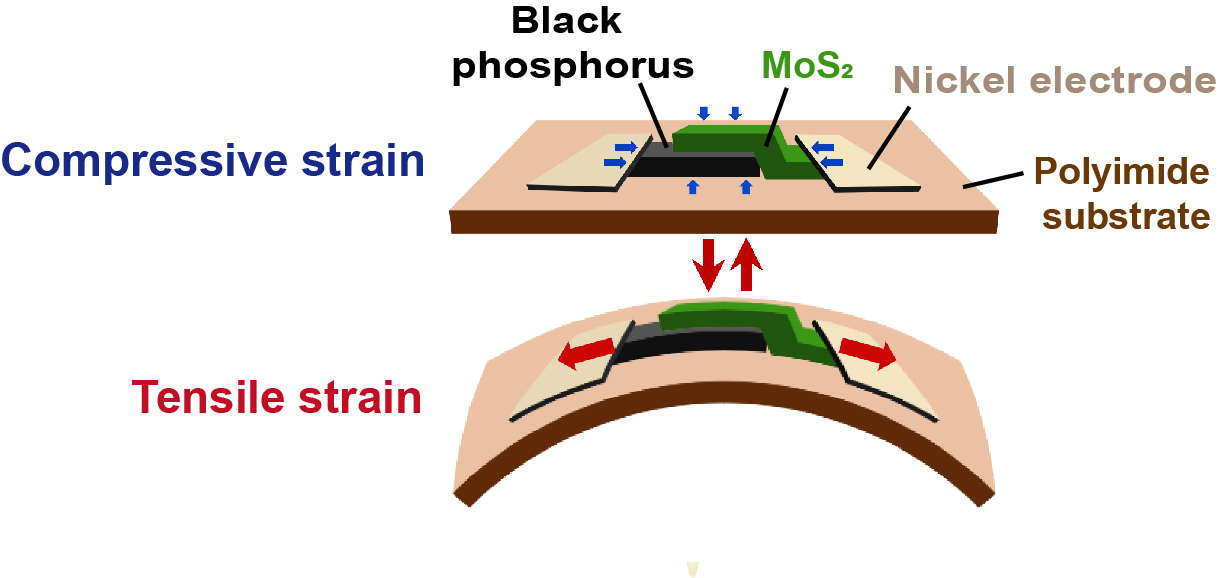
Stress and strain, applied in just the right manner, can sometimes produce amazing results. That is what researchers, led by a team at UC Berkeley’s Department of Electrical Engineering and Computer Sciences, discovered about an emerging semiconductor material—black phosphorous (BP)—used to make two types of optoelectronic devices: light emitting diodes (LEDs) and photodetectors.
Under mechanical strain, BP can be induced to emit or detect infrared (IR) light in a range of desirable wavelengths—2.3 to 5...
Read More








Recent Comments